Rabobank specialists discuss current poultry market trends
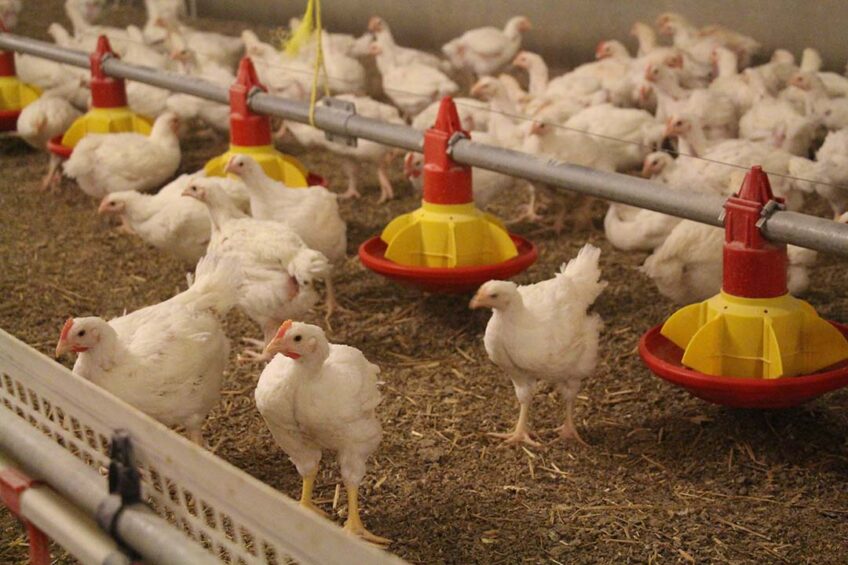
The current poultry market situation is one of modest growth, but different markets move at different speeds. Rabobank experts Jeroen van den Hurk and Nan-Dirk Mulder discuss trends and threats with Poultry World.
Dutch bank Rabobank has traditionally had a strong presence in the agricultural sector in Europe and across the globe. In the Agri & Food sector, the bank had a total of €113 billion in loans outstanding in 2022. Of this amount, €40 billion was outstanding in the Netherlands itself with €73 billion loaned outside the Netherlands.
Different way of financing
As Jeroen van den Hurk, sector manager Food & Agri at Rabobank explains, the way of financing is different in other parts of the world compared to the Netherlands: “In the Netherlands, agricultural companies are usually financed ‘separately’. In other parts of the world, integrations are often involved that control the entire chain. So to finance farming you need those integrations. Or, as is the case in the United States, we often work with wholesalers and major integrations. This usually involves internationally-oriented companies.”
As far as the situation in the global market is concerned, both Van den Hurk and Nan-Dirk Mulder, international senior analyst Animal Protein at the Rabobank, believe that the effects of the coronavirus crisis are now fading. “Egg prices have been very high in Europe and the European market is doing well,” says Mulder. “However, the very high prices for compound feed and other agricultural raw materials have been detrimental to the poultry sector. In just 5 years’ time, these prices have risen by about 20%, on average. Feed prices have also increased due to low stocks in 2022, as well as the aftermath of Covid and the war in Ukraine.”
The very high energy prices in Europe have also affected poultry companies, as did bird flu outbreaks in various EU countries. In the German market the introduction of OKT (without killing male layer hatchlings) has had a major impact, say both poultry sector specialists at Rabobank. Mulder: “That started already at the end of 2022. OKT caused a huge drop in production in Germany, as much as 20%, resulting in very expensive eggs. And, in itself, that was necessary given the higher cost price as a result of the above factors. And that also had a knock-on effect on the Dutch egg market because about 45% of all eggs exported from the Netherlands go to Germany.”
Poland fastest-growing poultry producer in the EU
The fastest-growing poultry producer (mainly broiler sector) in Europe is Poland. Despite all the imports into the EU from the rest of the world, the Polish poultry sector is growing, with the broiler sector in particular doing better than average. While 1.6 million tonnes of broiler meat was produced per year in Poland in 2013, that figure is now 2.8 million tonnes of broiler meat per year. The Polish poultry sector is expected to grow by 1% per year, or 1.1 million tonnes until 2030. Northwest Europe is expected to decline, with production shifting to central and eastern Europe, and southern Europe.
However, both Rabobank poultry specialists think that poultry production throughout Europe will not increase very quickly. Mulder: “Overall, the poultry sector is declining slightly. This is also due to high inflation – high prices for eggs and meat) – and EU legislation, such as the nitrogen directive. This has put pressure on volumes, and pressure on the many poultry concepts that exist in Europe, because they are generally slightly more expensive than regular products.”
Serving primary producers
Since 1 January 2023, Rabobank has expanded its activities in the Canadian market to include lending to primary producers. According to Shawn Smeins, head of Rural Business North America, Rabobank aims to provide financial services to help growers be economically, environmentally and socially sustainable for generations to come. “The bottom line is we want to help our customers feed the world. We believe our mission and business objectives are well aligned with those of Canadian producers,” said Shawn.
Rabobank Canada opened as a corporate bank in 1997. Today, Rabobank Canada and Rabo Securities Canada Inc., offer loans, access to debt capital markets, asset-based financing, securitisations, private placements, merger and acquisition services and risk management products for clients across the entire food and agribusiness value chain.
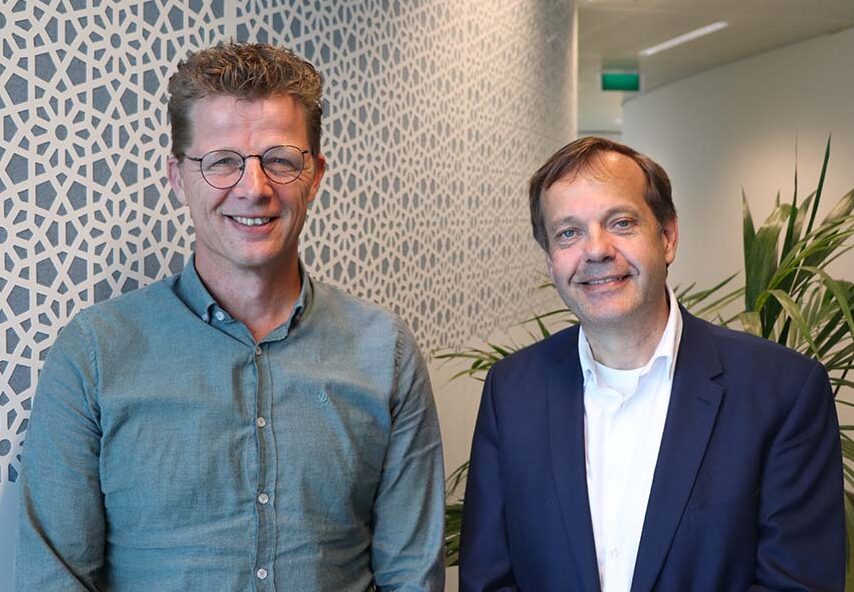
With more than 43 million hectares of arable land, Canada is essential to meeting the global demand for food and eliminating food insecurity. Already today, Canada is the world’s fifth-largest exporter of agricultural products and the government recently adopted a trade target of CAD75 billion (US$65 billion) by 2025.
Canada is a unique food and agriculture market. The number of young farmers is actually growing and the country is on track to become the world’s second-largest food and agricultural products exporter. It is an attractive and logical market for Rabobank to offer a full suite of financing options to existing corporate clients, as well as Canadian farmers and ranchers.
Avian influenza risks
As soon as feed prices worldwide start to drop again, there will be more returns for broiler farmers, say both poultry specialists. Mulder notes that the prices for broilers have been much higher than before last summer. He expects stable levels, unless avian influenza becomes an issue on commercial farms in Brazil. With 35% of global production in Brazil and about 10% of the breast meat/fillet eaten in Europe from Brazil, an outbreak would lead to prices skyrocketing. “Without major incidents, prices will remain higher than before the Ukraine war. That said, they are showing a declining trend in line with a lower feed price,” he added.
Interest rate increases
The sector needs margins, also for healthy financing. In that respect the global increase in interest rates naturally affects decisions in global poultry sectors. Van den Hurk notes that companies are becoming slightly more reluctant to invest: “The interest rate rise has not yet disrupted the market but investments are sometimes postponed.”
In Mulder’s view, an even greater influencing factor than interest rate rises is changed government and client policies and strategies. Not only in Western countries, such as the US, Canada and the EU, but in many Asian countries now, too.
“Nature conservation, reducing greenhouse gas emissions and other harmful gases, leaching of nitrogen and animal welfare are all under discussion in many countries. Europe, of course, has the ‘Fit for 55’ programme, with a package of measures to reduce the European Union’s greenhouse gas emissions by 55% by 2030. And in both the US and Europe, of course, there is the Better Chicken Commitment in which additional animal welfare requirements are currently being discussed in the EU that may be implemented in 2026/2027,” he said.
Many raw materials are also still expensive worldwide, making building a new poultry house or factory much more expensive than before, says the Rabobank specialist.
Meat substitutes situation
Although there will be a decline in European animal protein production after 2030, globally it will continue to grow. The European decline is not the result of meat alternatives, say the Rabobank poultry specialists. The share of meat replacers is still only 1-2% of the European market. Globally it is about 0.5%. Van den Hurk: “Meat substitutes have, of course, been a hype. However, the taste, environmental and health claims made by some companies are now being doubted. As a bank, we see meat substitutes as one of the many concepts that are already available worldwide.”
Mulder believes that meat substitutes will continue to improve in the coming years and will eventually form a niche market. “Our estimate is that meat substitutes will eventually have a market share of around 1-2% in the EU.”
The Rabobank specialists expect that changes in legislation will have an impact on the poultry industry. For example, the European Food Safety Authority is proposing to reduce stocking density per square metre in Europe for broilers to 11 kg/m2. “From a market perspective, this density per m2 is very difficult to imagine. The impact of implementing such legislation is that it will cause a large reduction in EU production as farm capacity could drop by more than 60%. And that loss of production would be almost impossible to replace by building new farms,” says Mulder.
Similarly, the European Chicken Commitment (ECC), which should come into force on 1 January 2026, will have an impact, too. In Mulder’s view, the ECC and the Better Chicken Commitment are still market-driven goals. But, he believes that the companies that have committed themselves will have to start in 2024 to secure enough chickens to be able meet their commitment. He notes: “All these fairly rigorous new regulations and commitments will, in any event, lead to even higher prices for poultry meat and eggs in the supermarket for consumers.”
 Beheer
Beheer


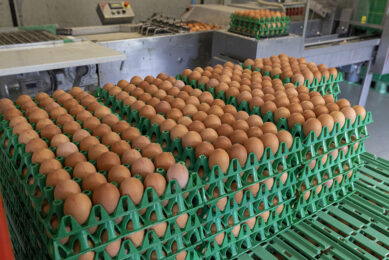
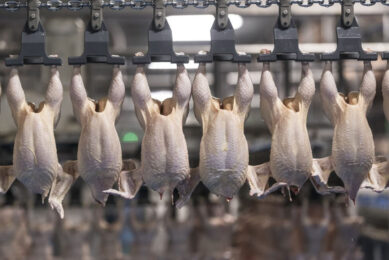
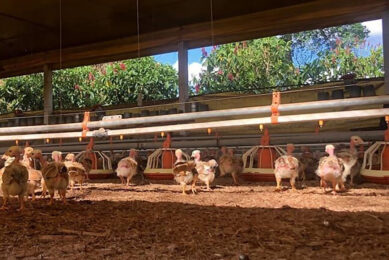
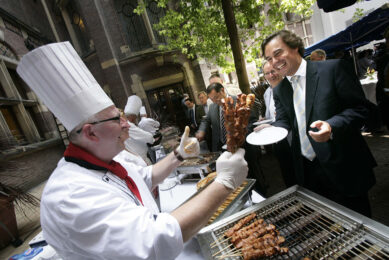





 WP Admin
WP Admin  Bewerk bericht
Bewerk bericht